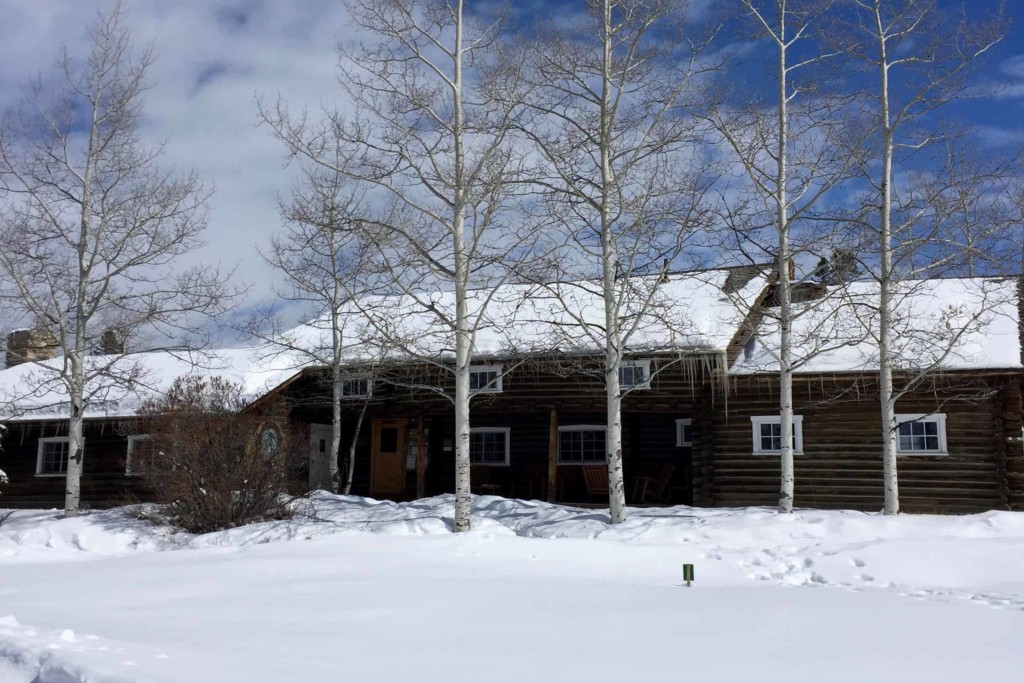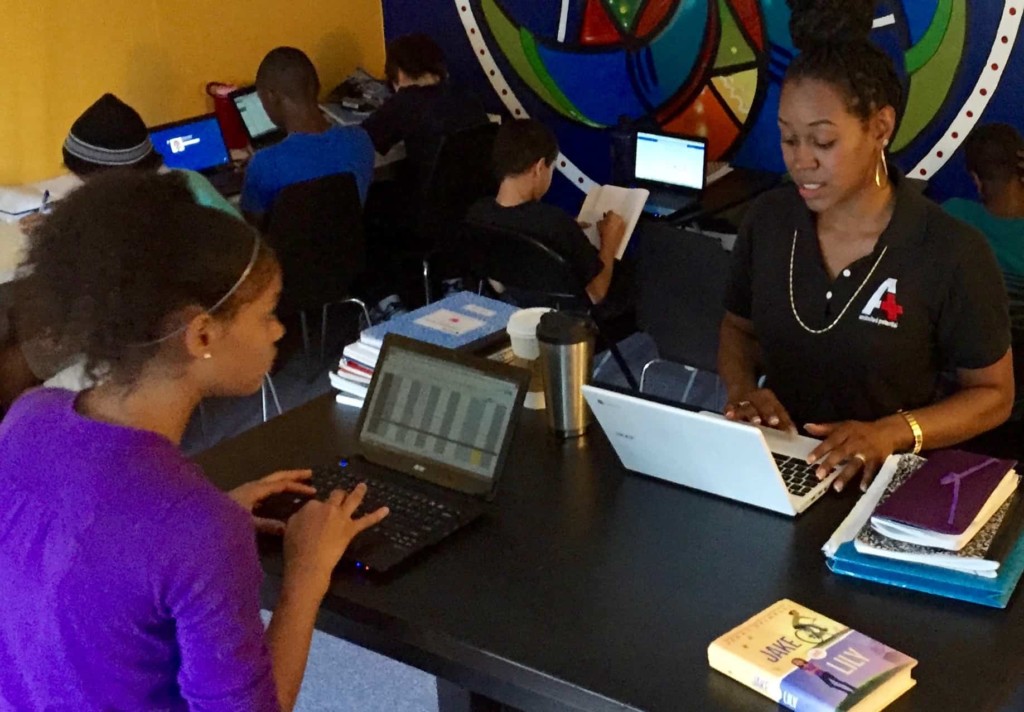Embracing Paradox to Create Powerful Learning Environments

Project-Based & Personalized Learning
- Summit Public Schools combines playlists and projects on a platform built with help from Facebook engineers (see feature) and they are providing access to public school teams nationwide (see Summit Basecamp).
- Brooklyn Lab (feature) run by a couple features the husband running the schools and wife running the tech nonprofit.
- New Tech Network are 200 project-based schools using new personalized learning platform.
Place-Based & Online
 There is a small but growing community of educators and scholars advocating place-based education. They’re a diverse group that value outdoor experiences, passionate about environmental and arts education, rural community advocates and urban community organizers.
There is a small but growing community of educators and scholars advocating place-based education. They’re a diverse group that value outdoor experiences, passionate about environmental and arts education, rural community advocates and urban community organizers.- Preparation to engage (e.g., adaptive reading that prepares to read and write about place);
- Mobile learning opportunities;
- Crowdsourced science: engaging students as environmental scientists; and
- Active citizens: public presentations and advocacy experiences.
 The combination of place-based education and digital learning enables the potential for small schools associated with national parks, museums, and other community assets.
The combination of place-based education and digital learning enables the potential for small schools associated with national parks, museums, and other community assets.
One of my favorite examples is Houston A+ UP, a small middle school where students spend time in local museums every week.
Standards-Based & Interest-Based
We can see signs of progress in interest-based learning in the personal growth space: modular mobile learning, quantified self, peer and social supports, game-based strategies, and learner analytics.
In a recent post on preparing youth for the gig economy, we featured Udemy, the leading online marketplace, as a good example of just-in-time-learning. Their work with associations and businesses focuses on competency maps but course consumption is individually driven. (Learn how the Udemy CEO thinks about differences by sector discussed here).
The shift in teacher development from sit-and-get courses to just-in-time resources is another important development. We published a paper on micro-credentials with BloomBoard last month and last year wrote a paper with Digital Promise on micro-credentials in leadership development.
New platforms (like the 3 discussed above) make it easier for teachers and students to shape projects that explore interests while developing standards-based skills.
Like any advance, blended learning can be thin and poorly implemented or–where leaders value relationships, broader aims, and place-based assets–can empower rich learning environments. It starts “and/both” leadership.
Stay in-the-know with all things EdTech and innovations in learning by signing up to receive the weekly Smart Update. This post includes mentions of a Getting Smart partner. For a full list of partners, affiliate organizations and all other disclosures please see our Partner page.






Qi Li
Thanks Tom for this great article! Creating "place based and students centered" activities indeed engage students better. I used Skype for my students to talk to Chinese sister school students. They were very excited and talked a lot better than only in a traditional classroom setting. We also did role play and debate in the school garden and I found students were more engaged and performed better. I will create more activities and projects according to your theory to help my students learn better.